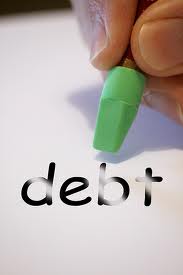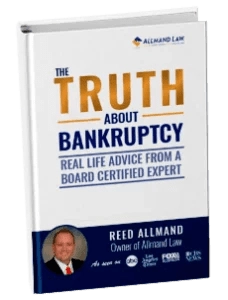
Secured and Unsecured Debt: Understanding the Difference in Bankruptcy
 The Difference Between Secured and Unsecured Debt in Bankruptcy
The Difference Between Secured and Unsecured Debt in Bankruptcy
When you begin the bankruptcy filing process, you submit a list that includes all of your outstanding debt. Debts often fall into two categories: secured and unsecured. Understanding how debt is classified may give a better idea on how they will be handled during bankruptcy.
What is Secured Debt?
Secured debt is backed by collateral. A borrower may agree to certain terms of a loan agreement such as a car or home and if payments are not made according to the agreement, the asset used to back the loan is surrendered. Chapter 13 bankruptcy helps debtors keep their assets by creating a repayment plan.
What is Unsecured Debt?
Unsecured debt usually doesn’t have collateral attached to it. Examples include medical bills and credit cards . Depending on the debtors qualifications unsecured debt may be eligible for discharge in Chapter 7 bankruptcy ; meaning the debt is eliminated and the debtor would not be liable to pay. If Chapter 13 is filed, the debtor may be required to pay a certain percentage as part of their repayment plan.
When you file bankruptcy, you’ll also submit a list of your assets and income to determine your eligibility. Debtors who have little assets often look to file Chapter 7. If you have fallen behind on your mortgage or are facing foreclosure and you want to keep your home, Chapter 13 is an option to consider. Chapter 13 may present an opportunity to discharge certain debts depending on the type of debt and repayment requirements met. A bankruptcy attorney can review questions and concerns about your outstanding debt.






